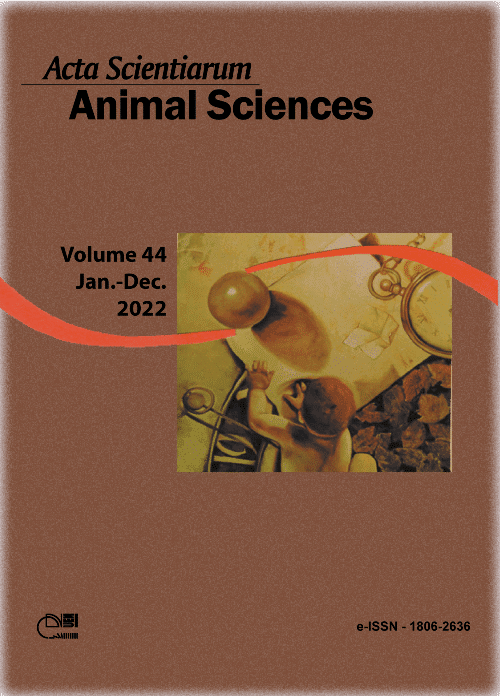
Rajesh Joshi, Anders Skaarud, Alejandro Tola Alvarez, Thomas Moen & Jørgen Ødegård
Genetics Selection Evolution, Volume 53, Article number: 37 – 2021
Abstract
Background
Streptococcosis is a major bacterial disease in Nile tilapia that is caused by Streptococcus agalactiae infection, and development of resistant strains of Nile tilapia represents a sustainable approach towards combating this disease. In this study, we performed a controlled disease trial on 120 full-sib families to [i] quantify and characterize the potential of genomic selection for survival to S. agalactiae infection in Nile tilapia, and [ii] identify the best genomic model and the optimal density of single nucleotide polymorphisms [SNP] for this trait.
Methods
In total, 40 fish per family [15 fish intraperitoneally injected and 25 fish as cohabitants] were used in the challenge test. Mortalities were recorded every 3 h for 35 days. After quality control, genotypes[50,690 SNPs] and phenotypes [0 for dead and 1 for alive] for 2472 cohabitant fish were available. Genetic parameters were obtained using various genomic selection models genomic best linear unbiased prediction [GBLUP], BayesB, BayesC, BayesR and BayesS) and a traditional pedigree-based model [PBLUP]. The pedigree-based analysis used a deep 17-generation pedigree. Prediction accuracy and bias were evaluated using five replicates of tenfold cross-validation. The genomic models were further analyzed using 10 subsets of SNPs at different densities to explore the effect of pruning and SNP density on predictive accuracy.
Results
Moderate estimates of heritabilities ranging from 0.15 ± 0.03 to 0.26 ± 0.05 were obtained with the different models. Compared to a pedigree-based model, GBLUP [using all the SNPs] increased prediction accuracy by 15.4%. Furthermore, use of the most appropriate Bayesian genomic selection model and SNP density increased the prediction accuracy up to 71%. The 40 to 50 SNPs with non-zero effects were consistent for all BayesB, BayesC and BayesS models with respect to marker id and/or marker locations.
Conclusions
These results demonstrate the potential of genomic selection for survival to S. agalactiae infection in Nile tilapia. Compared to the PBLUP and GBLUP models, Bayesian genomic models were found to boost the prediction accuracy significantly.



